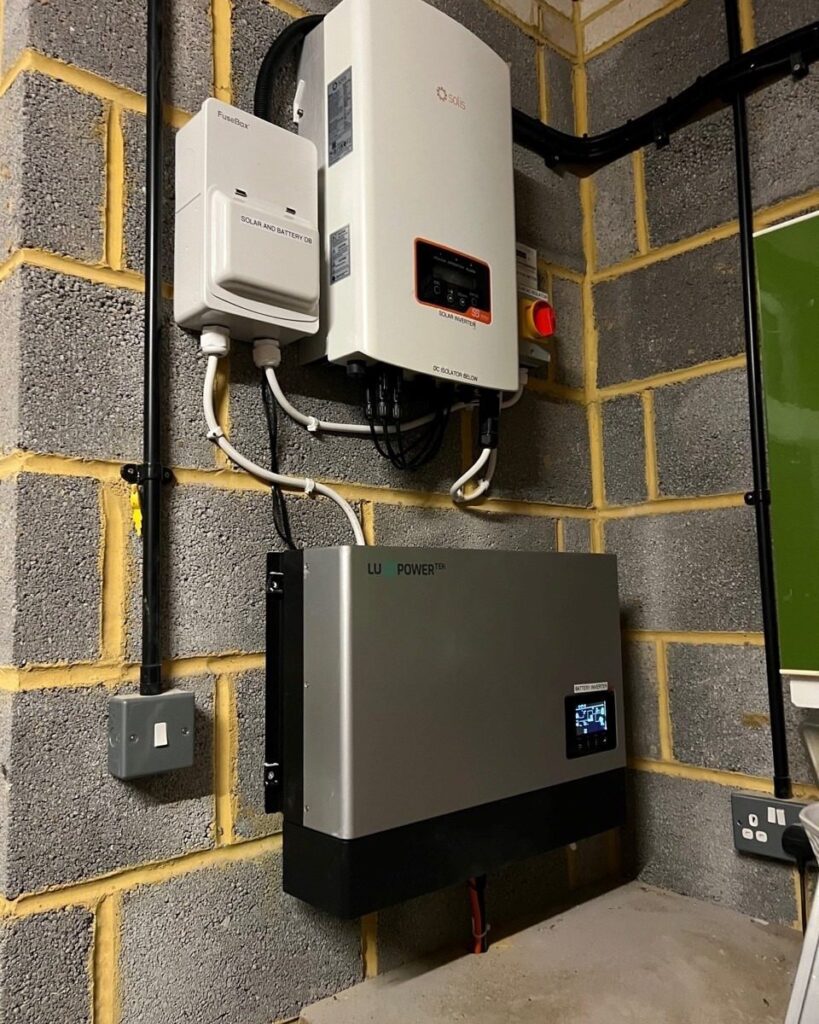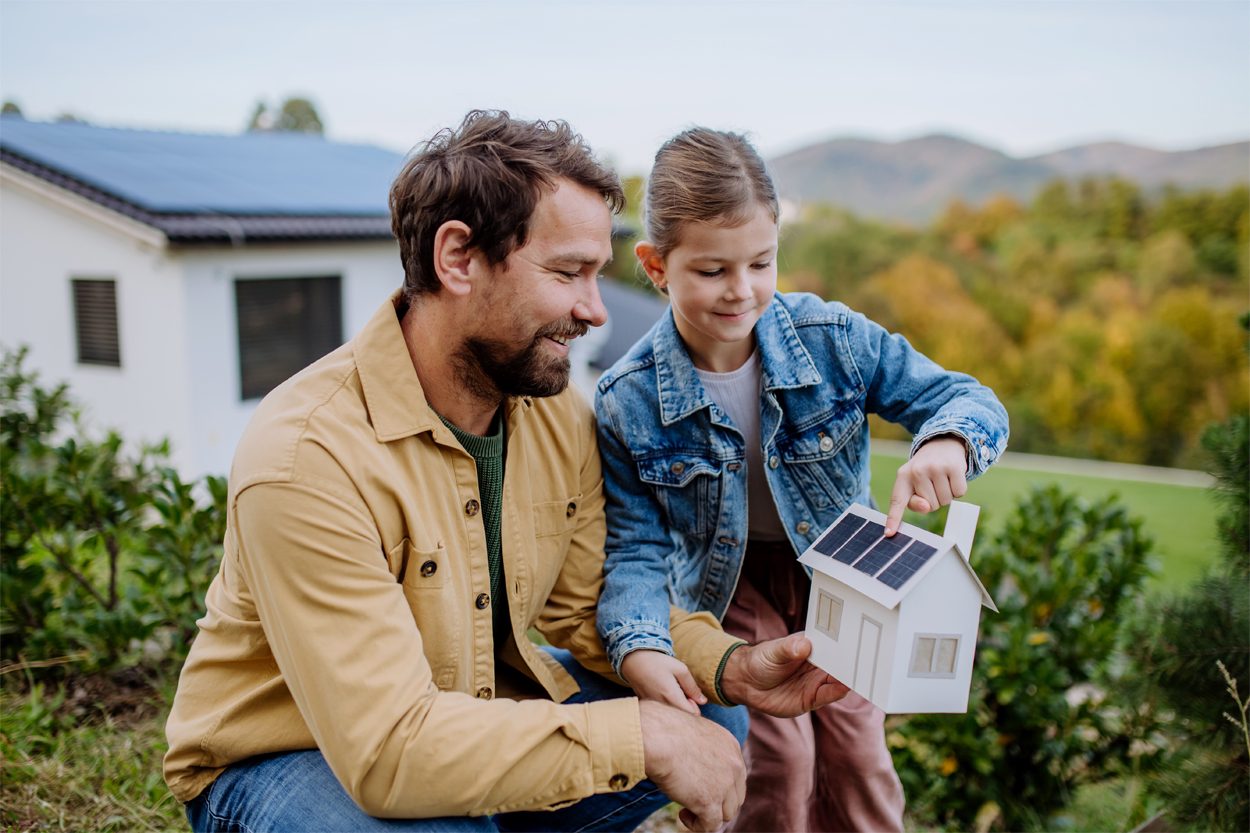Do I need a south-facing roof for solar panels?
No, a south-facing roof is not a requirement for solar PV panels to operate effectively. These panels utilize daylight rather than direct sunlight, which means they can generate energy even on cloudy days as long as there is some light available.
How much energy can my solar panels produce?
The energy production of solar panels varies based on the amount of direct sunlight received daily and the size of the solar system installed. Generally, panels will produce less energy in shaded areas or when part of a smaller system. You can monitor the energy output through your inverter or online system monitoring platform.
How can I determine if my solar system is operating correctly?
Your solar PV inverter is equipped with electronics that will notify you if there’s an issue. However, identifying under-performance can be more complex, as energy production displayed by the inverter may fluctuate at different times. It is advisable to check the average output over a week or month. Common reasons for under-performance include dirty panels or shading from nearby trees or buildings. If you suspect issues with your panels, please contact us for assistance.

Do solar panels generate energy at night?
At night, solar panels will not produce energy. The inverter will enter a sleep mode when there is insufficient daylight, causing your power needs to be drawn from the national grid or your battery storage system. When daylight returns, the system will automatically reactivate.
What is the lifespan of solar panels?
Solar panels typically come with warranties ranging from 20 to 25 years, and they are designed to generate energy for several decades, experiencing only minor performance degradation over time. Some panels can even last up to 50 years.
Will I continue to receive an electricity bill?
Unless you have a battery storage system and are completely off-grid, you will still receive an electricity bill after installing solar panels. The amount of the bill is influenced by the energy produced by your solar panels compared to your overall usage, as well as any fixed charges your utility may apply that cannot be offset by your solar energy.

Solar Battery Storage – What goes inside my house?
Inverter
The inverter is typically installed in your loft near the main panel array. Inverters are more efficient if kept in a cooler place. Your loft space, a garage or a utility room are usually the best places since they stay cool for most of the year and have ventilation.
When installing a retrofit battery storage system, it will need its own inverter separate from the solar PV inverter. This will be included in your personal recommendation.
Battery
We typically offer AC batteries for retrofit battery storage installations and DC batteries for those who install a battery along with a solar PV system. Their physical size increases with their storage capacity. You’ll be advised on the best location for your battery during the survey stage before installation. The best locations are cool and easily accessible like a garage or utility room.
In-home monitoring
In-home monitoring is included with every installation and helps you track the performance of your battery storage system. You will be able to remotely connect to the system via a device that uses the same Wi-Fi, such as a smartphone or tablet.






